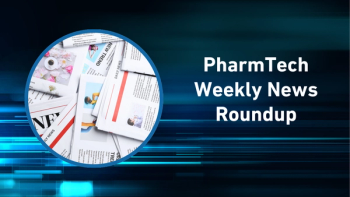
- Pharmaceutical Technology-07-02-2008
- Volume 32
- Issue 7
Coming Down the Pike: Protein-Substrate Binding
Drugmakers seeking to block the activity of a protein may have a new strategy at their disposal.
Drugmakers seeking to block the activity of a protein may have a new strategy at their disposal, according to a paper published in the June 11, 2008, issue of Nature. Traditionally, drugs that block protein activities do so by binding the protein's active site, which in turn prevents the natural substrate from binding at that site, which ultimately inhibits the protein's activity. But there may be another way to skin that particular cat. The new paradigm proposes to prevent substrate binding by attaching the drug directly to the substrate instead of to the protein. In theory, this also would prevent the substrate from binding the protein's active site with the same effect of inhibiting the protein's activity.
The notion of interfering with protein-substrate binding by tying up the substrate may have several advantages over the traditional approach. For one thing, many of the protein-blocking drugs are monoclonal antibodies, themselves large proteins that can be difficult to deliver. Substrate blocking, on the other hand, might be accomplished with smaller molecules. In addition, substrates are often found circulating in the bloodstream, which may facilitate drug delivery.
Source: T. Kodadek, "Biochemsitry: Molecular Cloaking Devices," Nature 453 (7197), 861–862 (2008).
Articles in this issue
over 17 years ago
Trends: Industry Job Cutsover 17 years ago
Self-Emulsifying Drug Delivery Systemsover 17 years ago
A Path to Quality and Complianceover 17 years ago
Excipients in Polymeric Drug Delivery and Formulationsover 17 years ago
ePedigree: Using the Gift of Time Wiselyover 17 years ago
Variables Affecting Reconstitution Time of Dry Powder for Injectionover 17 years ago
Report From: The Netherlandsover 17 years ago
Manufacturing Insights: Pfizerover 17 years ago
Inside IPEC: Dual-Use LabelingNewsletter
Get the essential updates shaping the future of pharma manufacturing and compliance—subscribe today to Pharmaceutical Technology and never miss a breakthrough.





